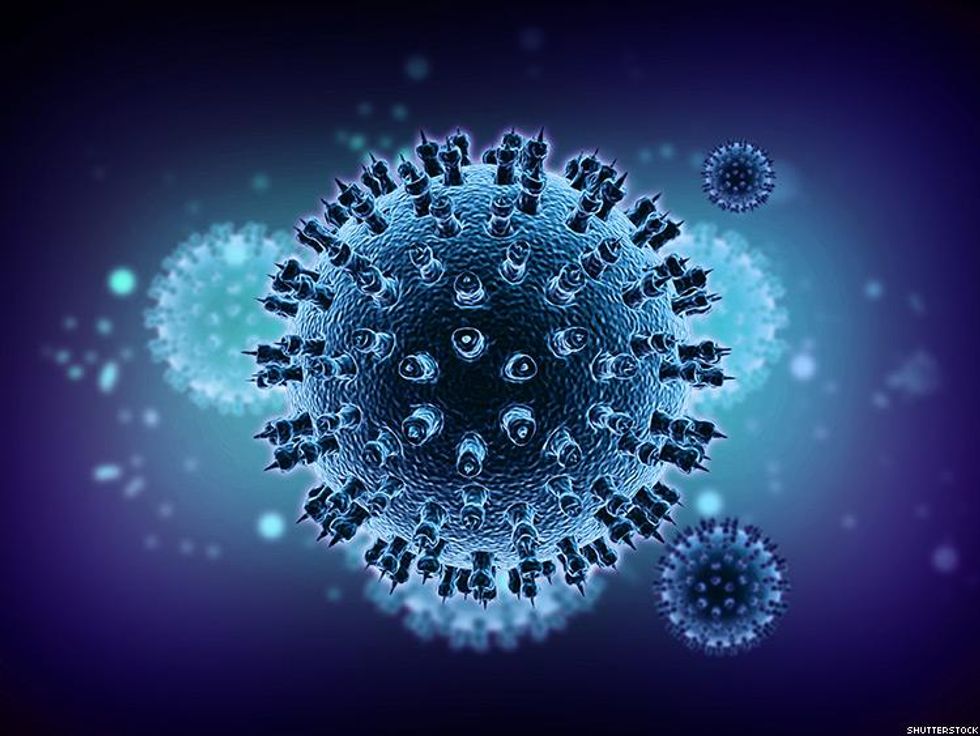Stigma
Meet the Ancestor Who Gave Us Herpes

This early ancestor is to blame for passing the bothersome virus onto modern humans.
October 05 2017 3:29 PM EST
October 05 2017 3:13 AM EST
By continuing to use our site, you agree to our Private Policy and Terms of Use.

This early ancestor is to blame for passing the bothersome virus onto modern humans.
Unlike the oral version of the herpes virus (herpes simplex 1, or HSV-1) — which was passed to humans genetically from ancient chimpanzees during the evolution process — genital herpes (herpes simplex 2, or HSV-2) didn’t make the leap to humankind on its own.
New research suggests that an ancient hominin species (and early human ancestor) called Paranthropus boisei acted as the in-between agent for genital herpes to make the species jump from primates to humans, reports CNN. Bosei stood about four feet tall, had a small brain and wide face. It is most well-known for having big teeth and hefty chewing muscles, the cause for one skull being nicknamed the "Nutcracker Man."
Bosei, ancient chimpanzees, and Homo erectus (modern humans’ most direct ancestor), were all in Africa between 1.4 million and 3 million years ago, in an area where the evolution of modern humans would occur. It would be easy for them to come into contact with each other around water sources, and it was there that bosei most likely acted as the viral transferer between the chimps and Homo erectus.

“We can ‘blame’ our ancestors for eating other hominins/great apes, this has been the source of other primate-to-human infections such as HIV,” said Charlotte Houldcroft, a virologist at the University of Cambridge Department of Archaeology and senior author of the study that yielded these findings. “Eating other species closely related to oneself has risks, because pathogens adapted to species genetically similar to us will find it easier to jump the species barrier.”
Researchers also say that the amount of worldwide HSV-2 genetic diversity points to an out-of-Africa migration.
“Essentially, when humans migrated out of Africa, they already carried HSV-2, and wherever humans went, their viruses went too,” said Houldcroft. “HSV-2 infects for life and can be passed from mother to baby or between sexual partners, which made sure it successfully spread wherever humans did.”
Want more breaking equality news & trending entertainment stories?
Check out our NEW 24/7 streaming service: the Advocate Channel!
Download the Advocate Channel App for your mobile phone and your favorite streaming device!